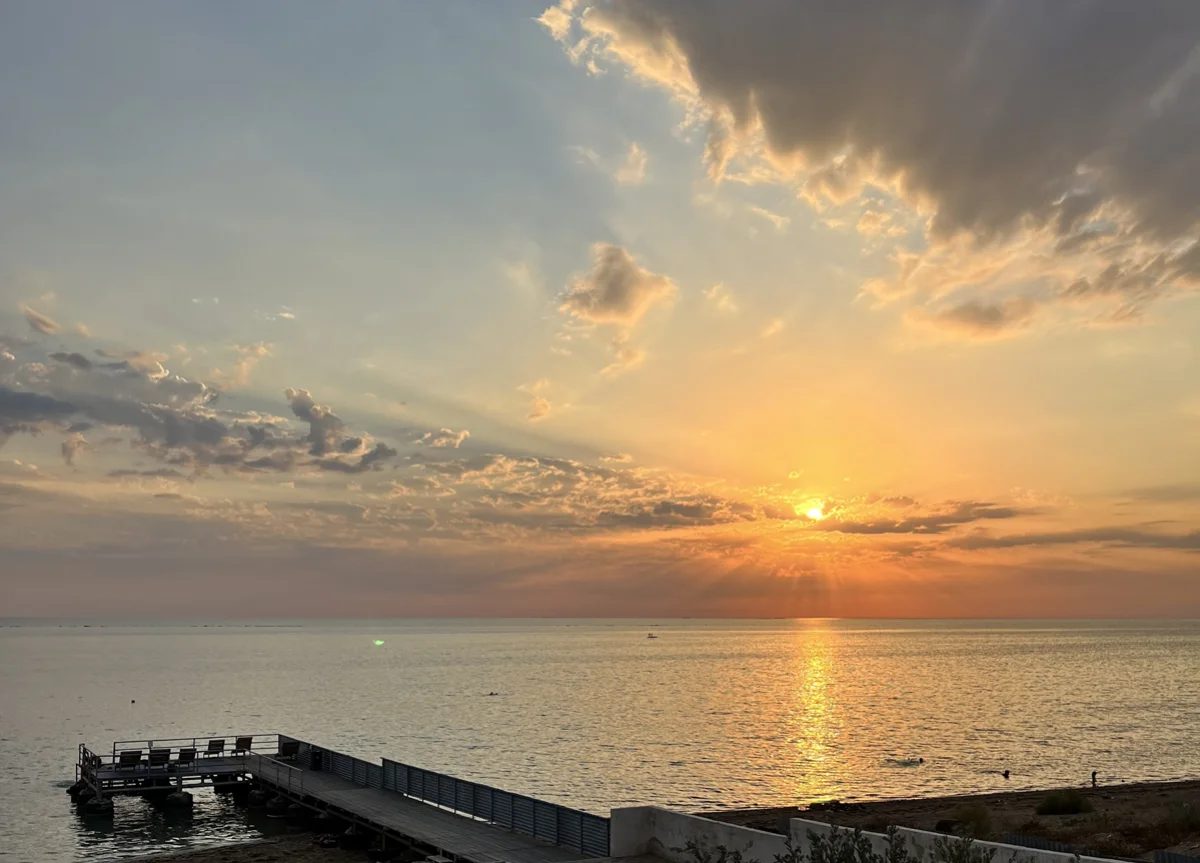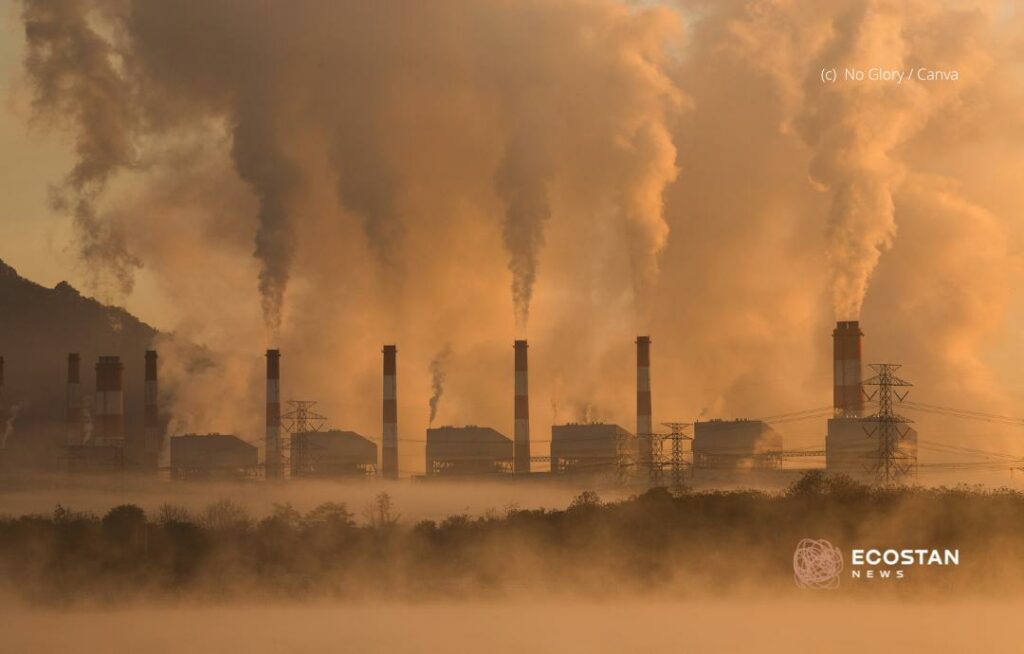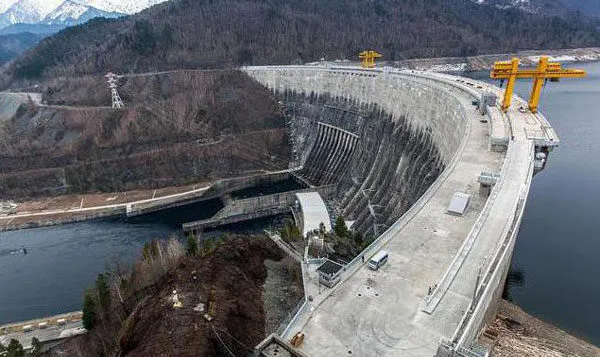The Caspian Sea may split into two seas if the situation with the drop in water level in it follows the worst-case scenario. This was reported by journalist Artur Shakhnazaryan, citing the words of Artem Stepanchuk, an employee of the company “KMG Kashagan B.V.”, who spoke at the panel session of the “Caspian Technical Conference” that opened in Atyrau on November 26.

As Artur Shahnazaryan reported on Facebook , there are three scenarios for the development of the Caspian Sea in terms of water levels.
Optimistic scenario. According to the journalist, a number of experts believe that in the coming years the water level in the reservoir will stabilize and even rise above current levels.
Worst case scenario. Based on the research of contractors of KazMunayGas Kashagan B.V., the water level in the sea will continue to fall. And this is despite the fact that this year the level of the Northern Caspian has risen sharply – by 119 centimeters. But in general (Northern Caspian, Middle Caspian and Southern Caspian) the level of the Caspian continued to fall and fell to -29.8 meters. As Artur Shakhnazaryan specifies, this is the lowest point in the last two decades. In addition, the level continues to fall by 20 centimeters per year.
Worst-case scenario. According to the journalist, this scenario is 40% worse than the previous one. According to it, the Caspian Sea will suffer the same fate as the Aral Sea.
Thus, the Aral Sea today is two separate “seas”, namely the Northern Aral Sea in Kazakhstan and the Southern Aral Sea in Karakalpakstan. According to the same scenario, the journalist notes, the Caspian Sea may be divided into two water bodies – a separate “Northern Caspian Sea” and “Middle and Southern Caspian Sea”.
As Artur Shakhnazaryan explained, the split line between the two Caspian “seas” will run along the so-called “Caspian Saddle” – a chain of hills covered with water from the mouth of the Volga River in the Astrakhan region to the coastal area where our Prorva field in the Atyrau region is located.
The main source of water supply for the Caspian Sea is the Volga River, which provides about 80% of the inflow. This makes the Northern Caspian less vulnerable to drying up. However, if the “Aral scenario” is realized, the coastlines will change significantly. In this case, the Caspian saddle may emerge from under the water and turn into a thin line of land.
https://www.lada.kz/ecology/ecology/131402-kaspii-raskoletsia-na-dva-moria-mnenie.html



